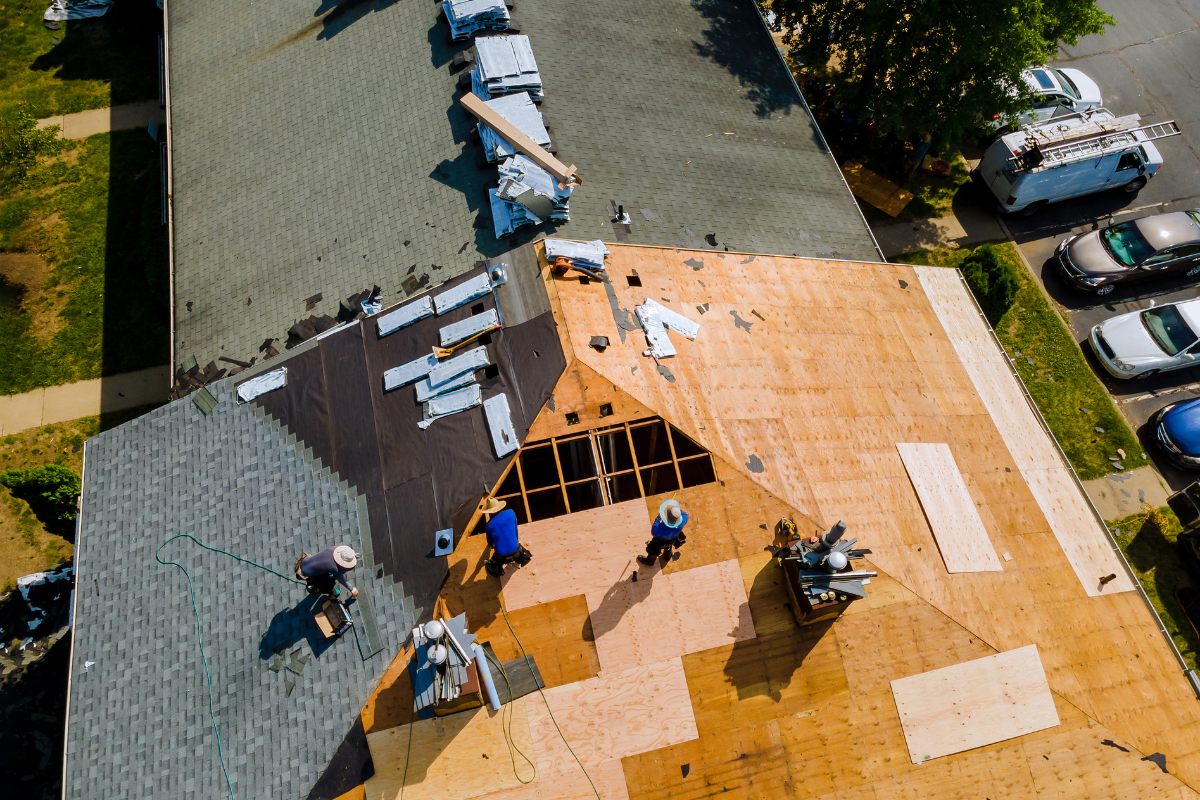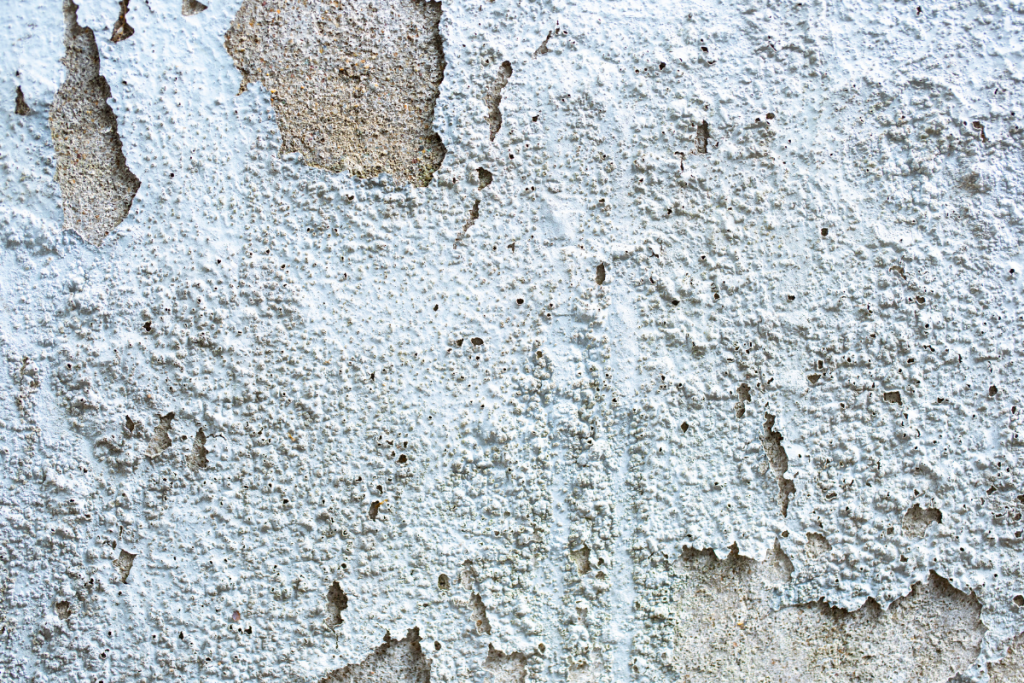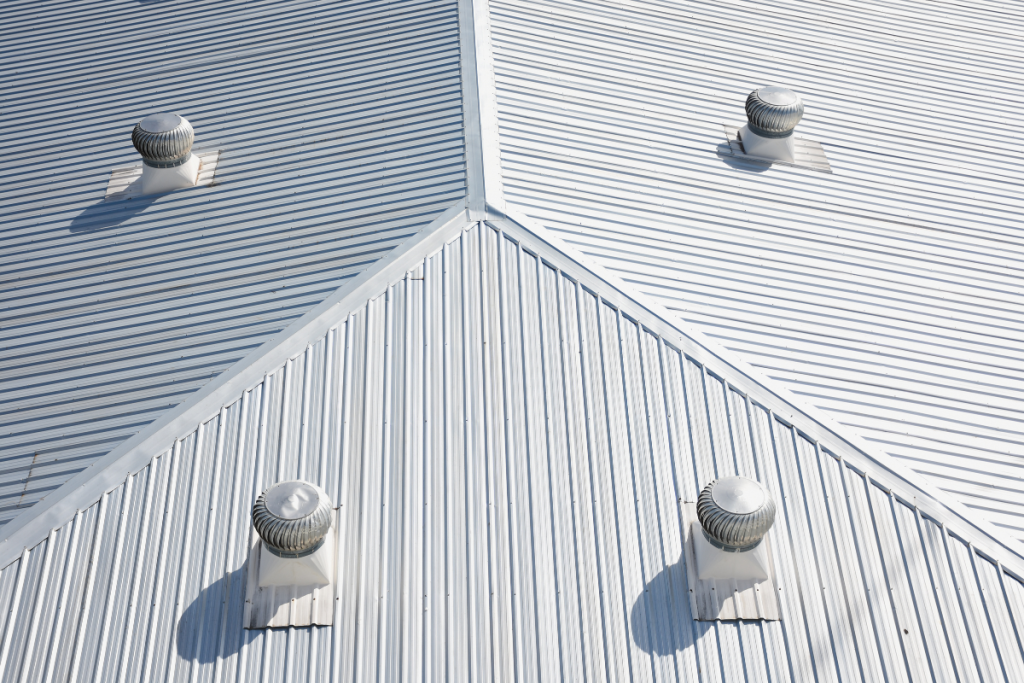
Coastside Roofing Identifies Importance Things to Note When your Roof Needs Replacing
A roof serves as the first line of defense against the elements, protecting the interior of a building from rain, snow, and harsh weather conditions. Among the various types of roofs, flat roofs are commonly found on commercial buildings, residential properties, and even some modern architectural designs. While flat roofs offer several advantages, they also come with unique maintenance challenges and a limited lifespan. Coastside Roofing explores the signs that indicate when it’s time to replace a flat roof to ensure the safety and longevity of the structure. Coastside Roofing is an expert in roof installations and roof replacement providing outstanding customer service.
“A flat roof is a horizontal surface that may have a slight slope to facilitate water drainage. Unlike sloped roofs, flat roofs do not have the benefit of gravity to help water run off naturally. Instead, they rely on various drainage systems to prevent water from pooling and causing structural damage,” Coastside Roofing explains. One of the primary reasons flat roofs have a limited lifespan is their vulnerability to water-related issues. Over time, exposure to rain, snow, and standing water can cause significant wear and tear, leading to leaks and structural degradation.
The lifespan of a flat roof can vary depending on the materials used, the quality of installation, and the level of maintenance provided. On average, a well-maintained flat roof can last anywhere from 10 to 25 years. Coastside Roofing observes that these factors can significantly impact its longevity.
Age of the Roof: The age of a flat roof is a critical factor in determining whether it needs replacement. As the roof nears the end of its expected lifespan, the likelihood of developing problems increases significantly. If your flat roof is more than 20 years old, it’s essential to closely monitor its condition and consider the possibility of replacement.
Roof Leaks: The most evident sign that a flat roof requires replacement is the presence of leaks. If you notice water stains on the interior ceilings or walls, it’s a clear indication that the roof’s integrity has been compromised. Repairs might be possible for isolated leaks, but if the problem is widespread, a roof replacement might be the more cost-effective and long-term solution.
Blisters and Bubbling: Over time, flat roofs can develop blisters and bubbles on the surface. These bubbles are typically caused by trapped moisture and can weaken the roof’s structure, making it more susceptible to leaks and further damage. When the surface begins to deteriorate in this manner, it is usually a sign that a replacement is imminent.

Ponding Water: One of the main challenges with flat roofs is water drainage. If water consistently pools or ponds on the roof after rainfall, it can lead to deterioration of the roofing materials and increased chances of leakage. Proper drainage is essential to the health of a flat roof, and if the existing design is inadequate, it might be time for a replacement.
Damaged Flashing and Seals: Flashing and seals are crucial components that prevent water from seeping into the roof’s joints and edges. Over time, these elements can degrade, allowing water to penetrate and cause damage. If the flashing and seals are in poor condition, replacing the entire roof might be necessary to ensure adequate protection.
Visible Wear and Tear: Regular inspections of the flat roof are essential to detect signs of wear and tear. Look for cracks, tears, or open seams in the roofing material. Additionally, check for any signs of rust or corrosion on metal components. If the roof appears visibly worn and deteriorated, it’s time to consider a replacement.
Structural Sagging: If you notice that the roof’s surface is sagging or appears uneven, it indicates structural issues that require immediate attention. A sagging roof could pose safety risks, and a professional inspection should be conducted promptly to assess the extent of the damage and determine if a replacement is needed.
High Maintenance Costs: As a flat roof ages, it might require more frequent and costly repairs to maintain its integrity. If the maintenance costs become excessively high and the roof is approaching the end of its lifespan, it might be more cost-effective to invest in a new roof that offers better long-term durability.

Changes in Building Use: If there has been a significant change in the building’s use or occupancy, it might warrant a roof replacement. Different types of flat roofing materials and designs are suitable for specific purposes, and if the current roof is not ideal for the new use, a replacement should be considered.
Roofing Material Performance: The type of material used for the flat roof can greatly impact its lifespan and performance. Some materials, such as built-up roofing (BUR) and modified bitumen, have shorter lifespans compared to others like single-ply membranes (TPO, PVC, EPDM), which tend to be more durable. If the roofing material has reached the end of its expected lifespan or is consistently failing, it might be time for a replacement.
Bottomline
Knowing when to replace a flat roof is crucial to avoid more extensive and costly damage to the building. Regular inspections and maintenance can help extend the roof’s lifespan, but eventually, all flat roofs will need to be replaced. If you observe signs of significant wear and tear, leaks, ponding water, or other structural issues. It’s essential to consult with a professional roofing contractor like Coastside Roofing to assess the roof’s condition and determine the best course of action. By investing in a timely roof replacement, property owners can ensure the safety, functionality, and longevity of their buildings for years to come.
July 31, 2023

















